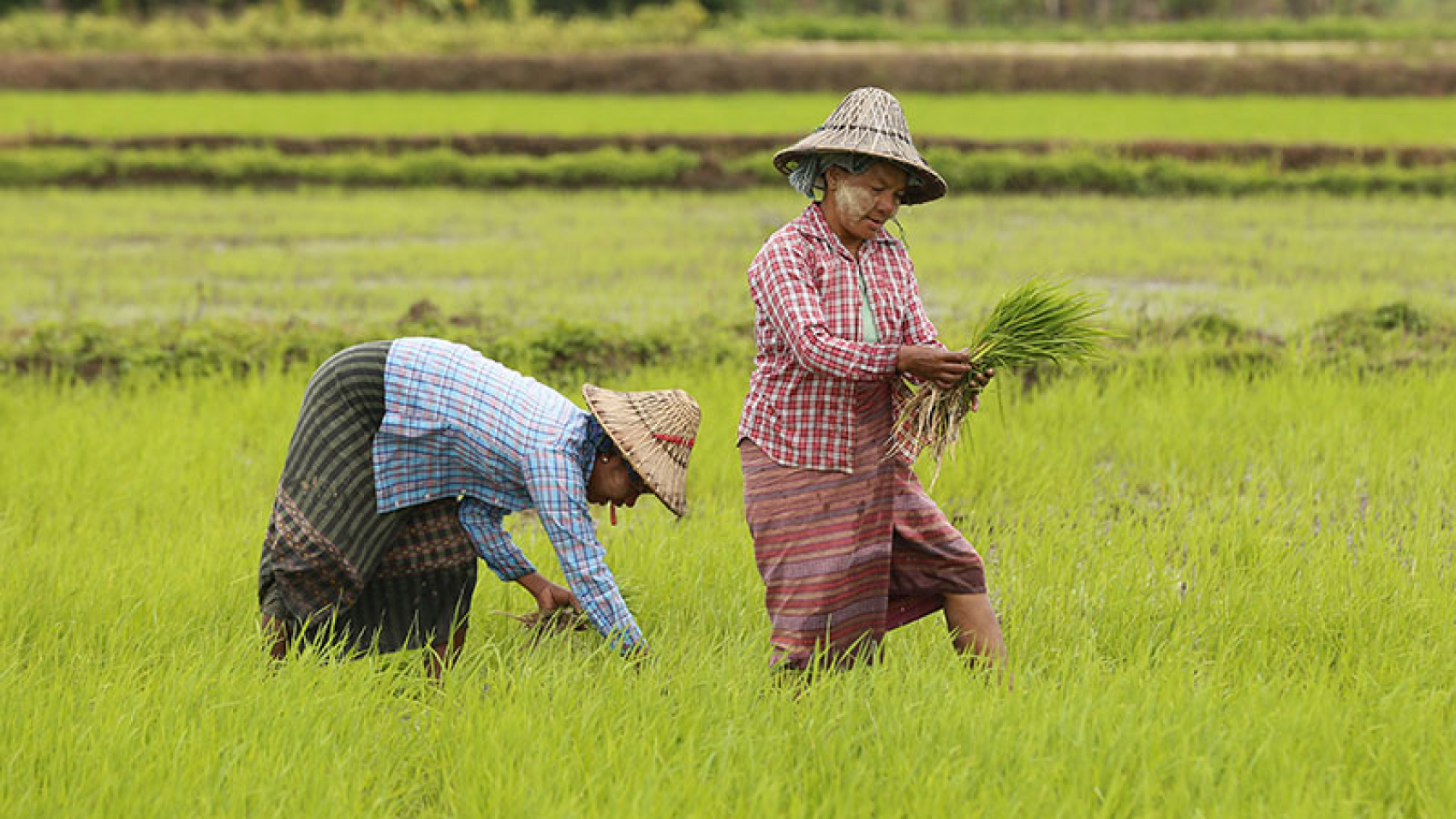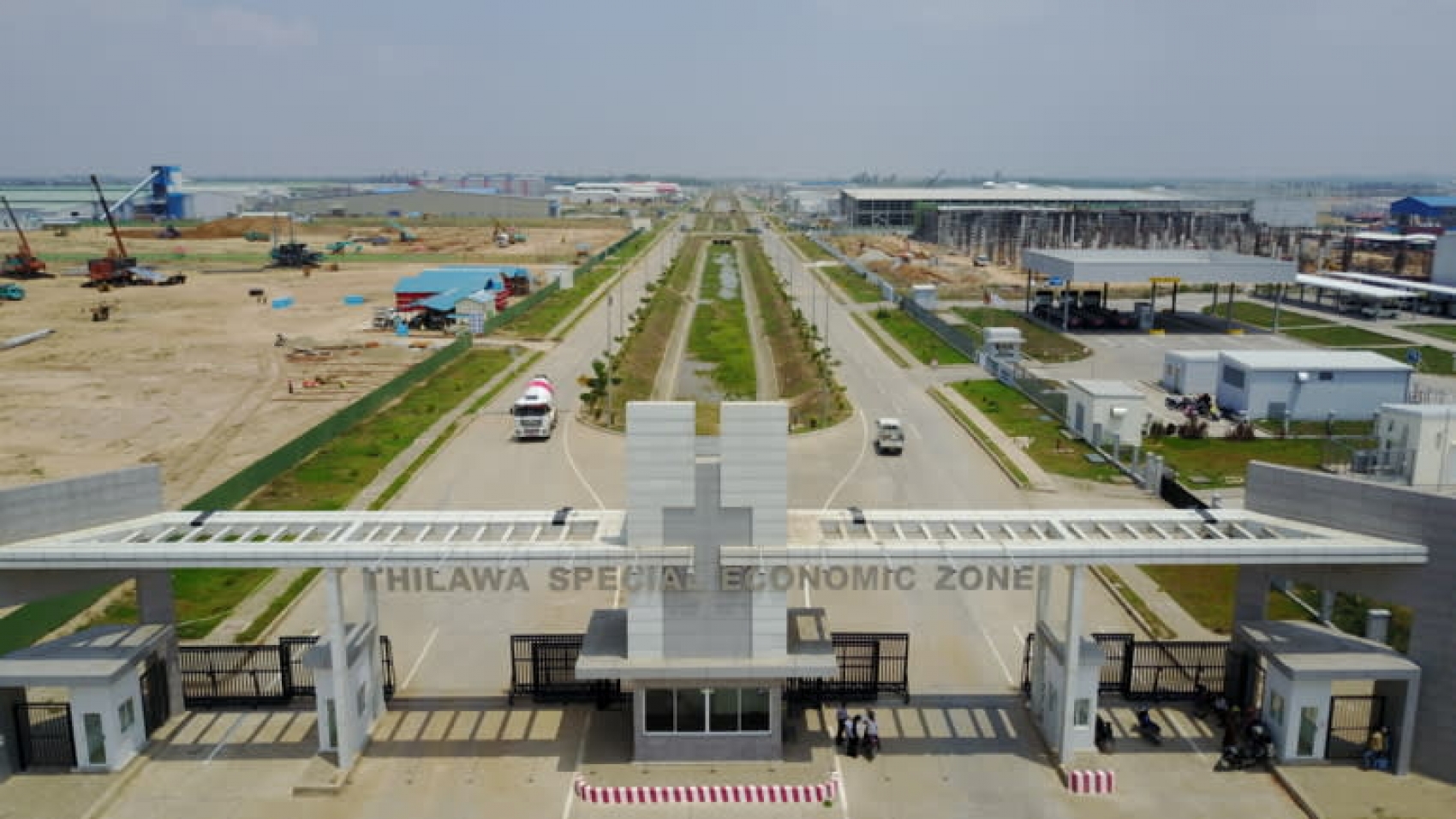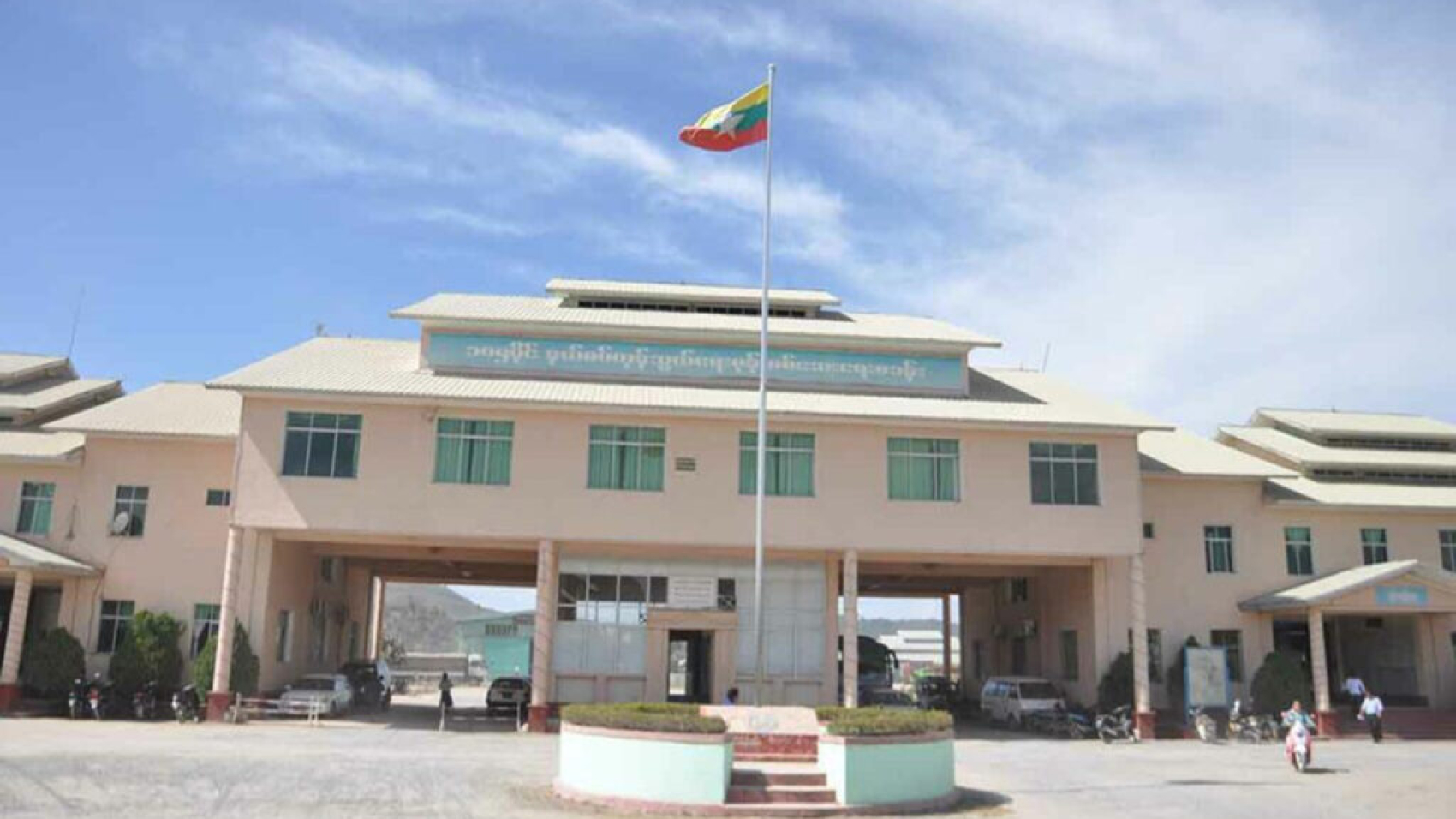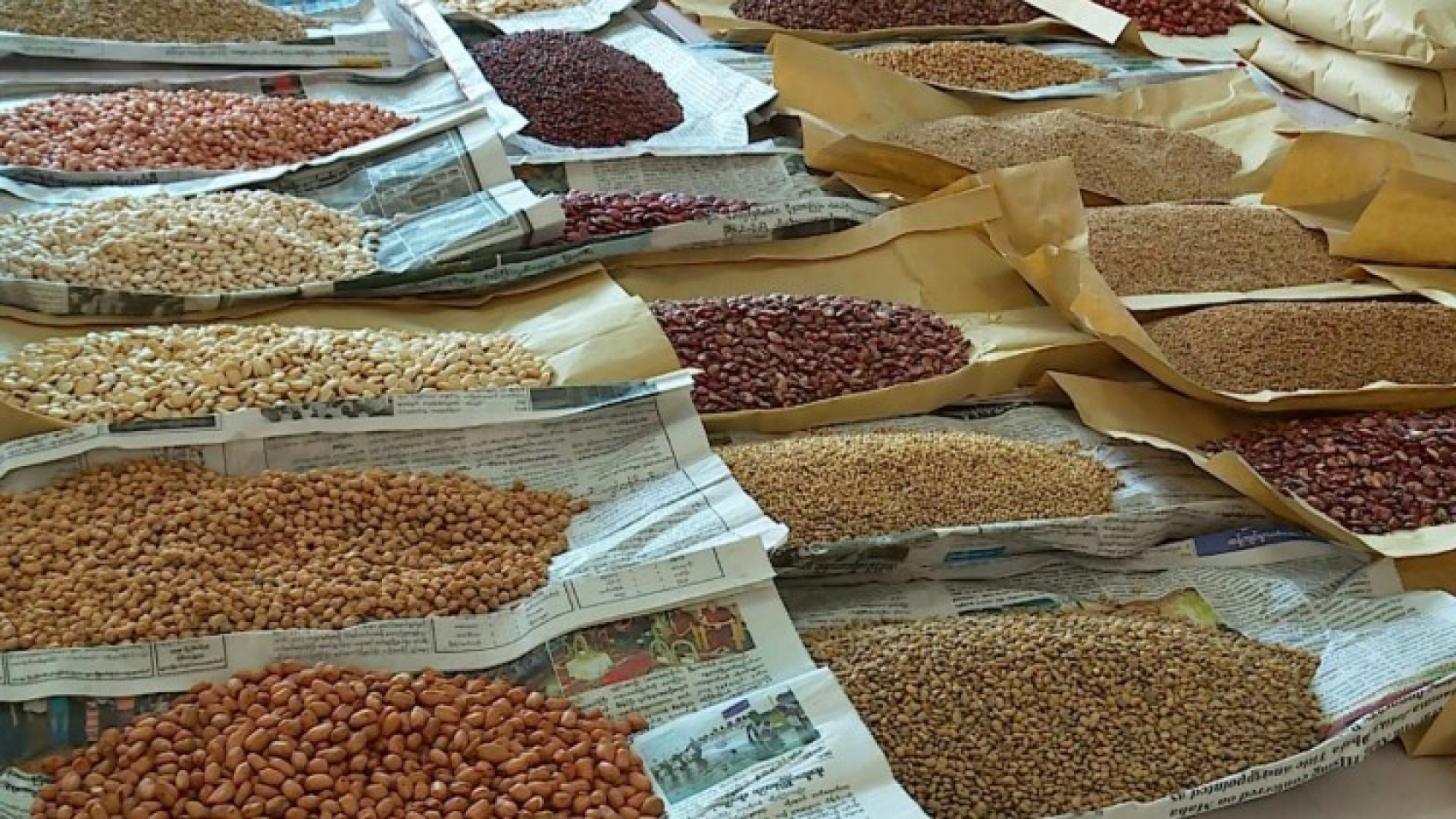Although there is a daily notification of the opening prices of the commodities traded in the commodity depots, a shortage or an abundance of goods has led to price changes in the market time after time, some buyers said. As for onions, commodity depots in the Bayintnaung Market set the opening price at 7 am depending on different origin regions. Depots from some regions often opened more than one price for onion based on its quality. The opening price for potatoes is announced around 10 am. Customers arrive at the Bayintnaung Market before 7 am every day, the opening time of commodity depots.
They speculate the situation of opening prices based on the inventory information of some depots. They pre-order the desired amount of goods on days when the opening prices may increase due to the low availability of goods. Only then, can buyers get the goods when they are in short supply. When commodity depots are overstocked, dealers purchase commodities only after the declaration of opening prices. Brokers sell the commodities, based on the depot opening price, at a higher price owing to high demand and low stock of goods, and at a lower price for bad quality goods and excess goods. Some retail shops in the market can get unpopular commodities at a low price, through the credit system.
Thus, associated people have to inquire about the price changes in the market in addition to the opening prices of commodity depots. Dealers from Yangon have to check the actual purchase price in regions besides the daily opening prices so that they can adjust the selling prices with other dealers. The supply of onion and chilli pepper to the border and some major cities in the delta region has decreased. Thus, direct exports from the origin regions have emerged, resulting in a lower price of commodities due to the lack of brokerage fees. Commodity depots in regions set their opening prices depending on that of the Bayintnaung Market before. Nowadays, brokerage house owners evaluate their opening price by monitoring the market price in other regions as well.
Source: The Global New Light of Myanmar




